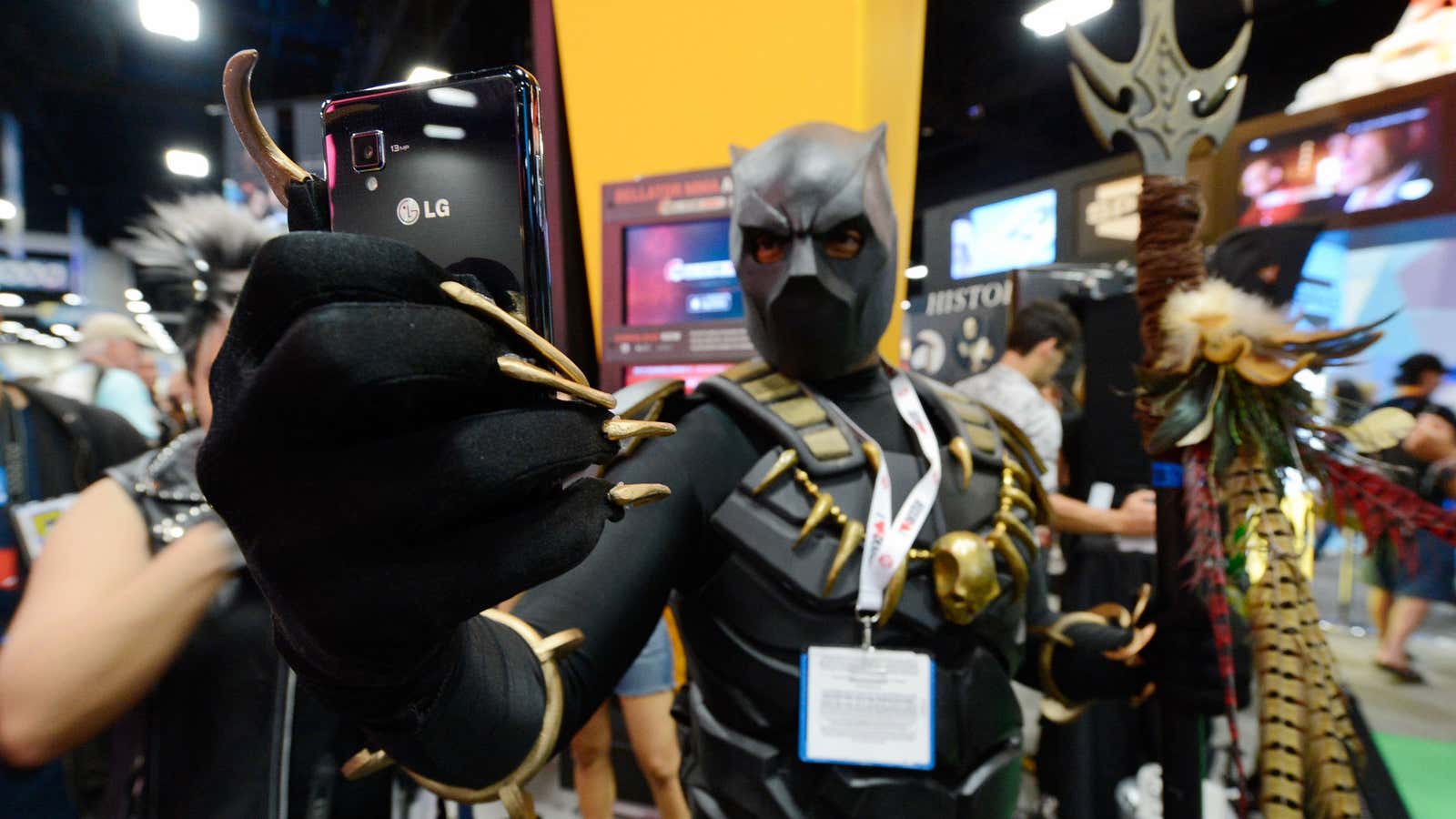Numbers for global smartphone shipments in the second quarter of this year show Samsung floating far above its competitors, with 72.4 million devices sold to Apple’s 31.2 million, according to IDC, a research firm. It sounds like Samsung’s got Apple beat except that Apple’s broad margins mean it makes far more money on every phone. Then again, Samsung made more money on handsets this quarter, according to one analysis. But both companies reported sales in excess of expectations this quarter. So who’s really winning?
It’s impossible to tell.
But if the popular narrative has Samsung and Apple locked in battle for dominance of the market, Quartz hereby dubs the next few slots, which between them share roughly 15% of the market, an all-out war. The past five quarters have seen fortunes change so dramatically that only one (ZTE) of the eight smartphone makers to grace the top five has managed to stay on the list for the entire period. Along the way, giants have stumbled and challengers have risen. Meanwhile, Samsung has stubbornly stayed at the top, selling twice as many phones as Apple in all but one of the past five quarters.
The list of the top five smartphone makers in the second quarter of last year reads like something from a history textbook: Nokia sold nearly 10.2 million units for third position, HTC fought valiantly with 8.8 million and ZTE rounded off the list with 8 million shipments. By Q3, Nokia had vanished, and BlackBerry (then still called Research in Motion) took its place as the world’s third-largest smartphone seller with 7.7 million shipments. ZTE and HTC followed at gaps of 200,000 units. By the end of the year, BlackBerry too disappeared off the list to be replaced by Huawei (10.8 million), followed by Sony and ZTE.
The mighty have continued to fall in 2013. Sony dropped off the list in the first three months of this year and Huawei found its number three slot claimed by LG, which came in from the cold to sell 10.3 million smartphones. And in the most recent quarter, the one-time challenger Huawei has disappeared as well, making room for Lenovo in the fourth slot. LG would be wise to watch out for Lenovo, which by late last year had become the second-largest selling smartphone in China and is now pushing into other large markets such as India and Russia.
Meanwhile, Apple and Samsung continue to fight between themselves. But with their combined share slipping 6 percentage points over the last quarter, they might just find the war at to the south edging into their territory.
